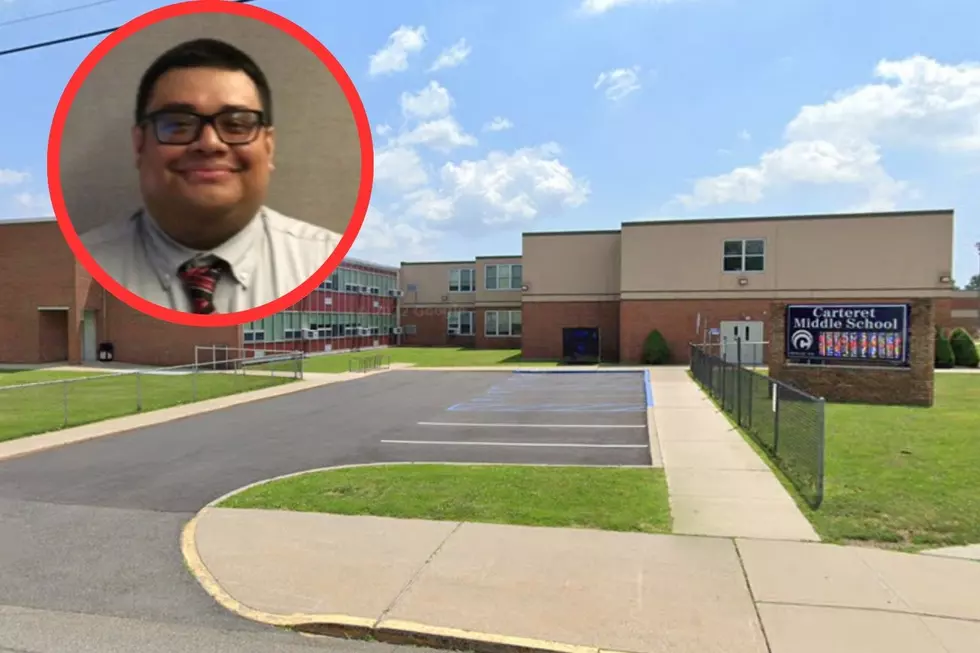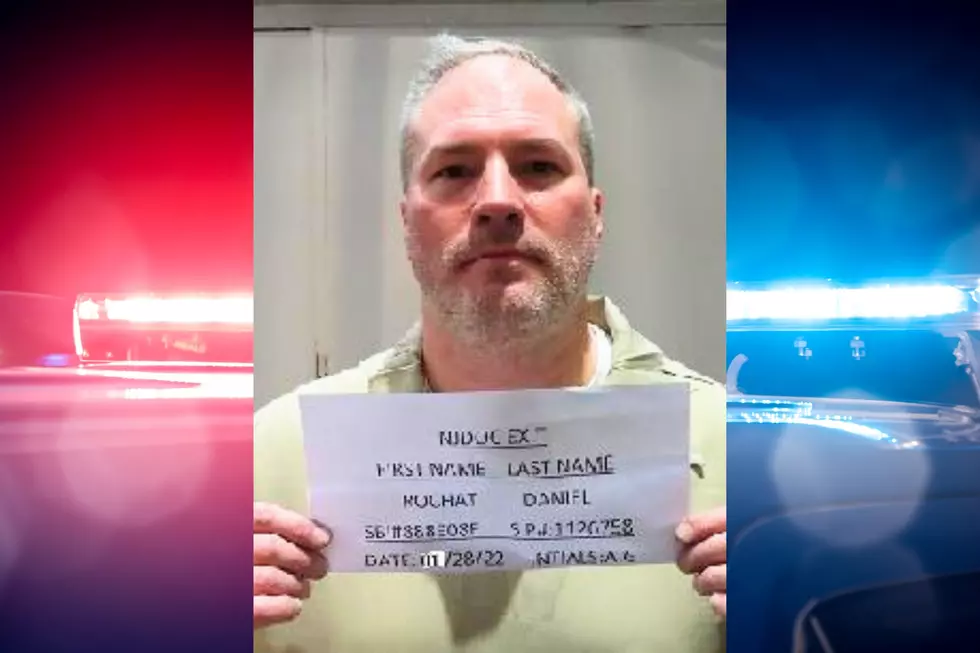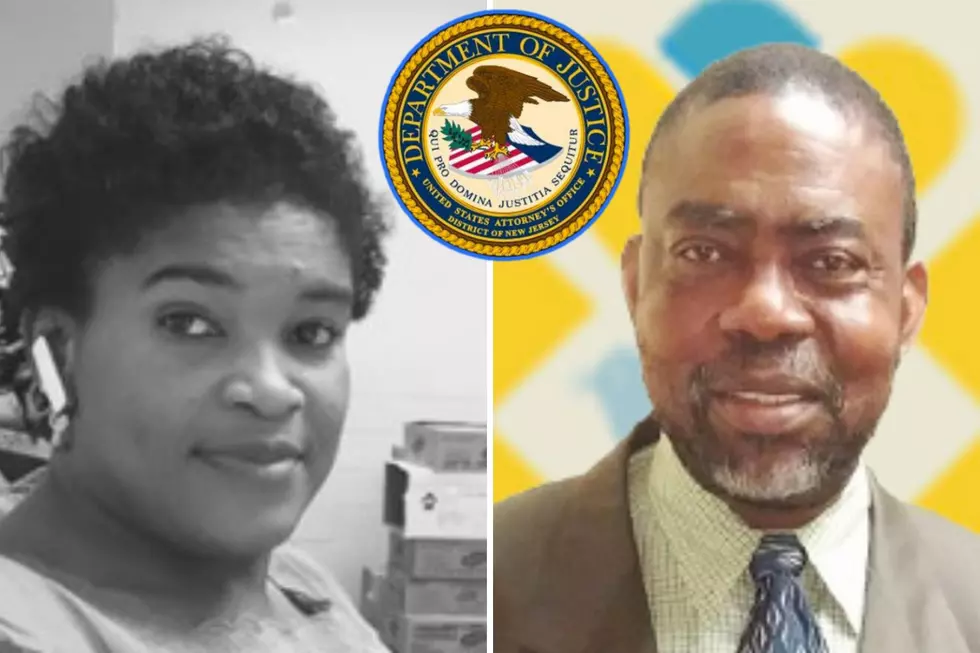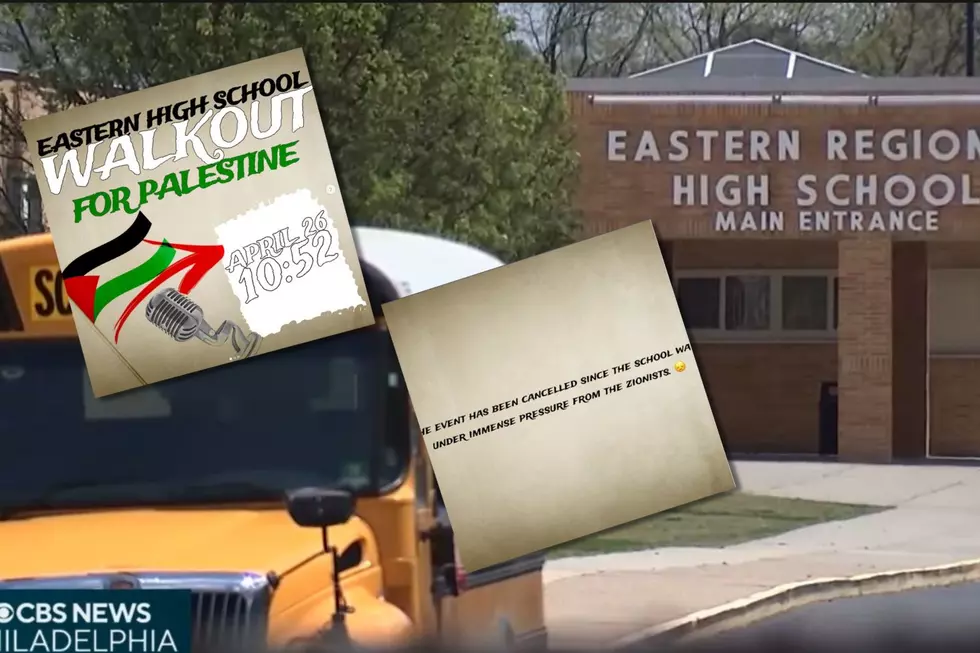
Is New Jersey losing honeybees? Colony survey underway in Northeast U.S.
Honeybee colonies in New Jersey and neighboring states are the focus of a quarterly survey by the federal government.
During September and October, a colony-loss survey will be conducted in the northeastern region of the country, by the U.S. Department of Agriculture's National Agricultural Statistics Service.
"The information from these surveys directly impacts our region's beekeepers and honey producers," said King Whetstone, director of the NASS Northeastern Regional Field Office. "Beekeepers and producers can use the survey results when making business plans and marketing decisions."
According to the USDA, the count of honeybee colonies at operations with five or more colonies was down 1% nationwide in January 2022, compared to January 2021.
Numbers have dropped over the years in New Jersey, but not drastically, according to David Elkner, president of the New Jersey State Beekeepers Association.
"The numbers are pretty much stable. They ebb and flow during the course of the year," Elkner said.
When winter hits, for example, individual beekeepers can experience 30% colony loss.
"Good beekeepers can make those numbers up real quick," he said.
According to the most recent data available, New Jersey beekeepers lost 140 of their colonies in spring of 2022, but over the same period, 2,600 colonies were added.
There are thousands of beekeepers in the Garden State, according to Elkner. Most do it as a hobby.
To gather anonymous results, NASS asks participants to answers a variety of questions about their bee colonies. Those who do not respond are contacted online or by mail, to conduct telephone interviews.
Results of the quarterly surveys are published annually here. The next publication will be available on Aug. 1, 2023.
Dino Flammia is a reporter for New Jersey 101.5. You can reach him at dino.flammia@townsquaremedia.com
Click here to contact an editor about feedback or a correction for this story.
LOOK: The most extreme temperatures in the history of every state
LOOK: The states with the most UFO sightings
More From New Jersey 101.5 FM









